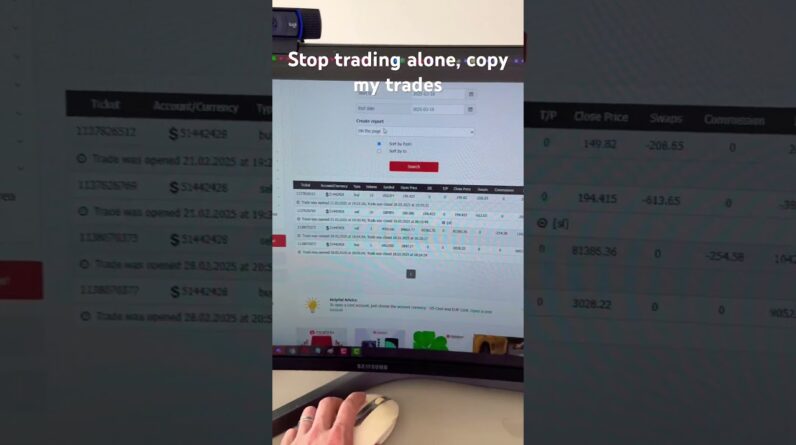It is less than 3 months to November 3rd and markets now have another key event to focus upon: the US 2020 Presidential Election. Early opinion polls have had the Democratic contender, Vice President Joe Biden, ahead of the incumbent, Republican President Donald Trump, for some months, both nationally and in the key swing states.
However, all is still to play for with many weeks of campaigning still to be completed. Incumbent Presidents tend to get re-elected; only George W Bush Senior in 1992, who lost to Bill Clinton, and Jimmy Carter in 1980, who lost to Ronald Reagan, have failed to be re-elected in recent history.
Under President Trump equity markets continued to rally, unemployment fell, and the USD remained broadly robust as business taxes were cut and regulations were rolled back. Expectations were high in Republican circles for a comfortable re-election campaign on the back of a growing economy and stock market. The pandemic has changed all of that. Although equity markets remain positive for the year, the USD has come under pressure, commodity markets are at all-time highs and US Treasury yields are once again under pressure as the markets react to the ongoing pandemic, the faltering US-China relationship and a desire for safe haven assets.
Although there are millions of voters and 52 states, in the USA the President is elected via the “electoral college” system that was first devised back when the US constitution was created in 1787.² Each of the 52 states are allocated a number of “electors” based, roughly on the state’s population. So large, densely populated states such as California receive 55 electoral votes, whereas sparsely populated states such as Alaska and Wyoming receive just 3 electoral votes. In total there are 538 electoral votes available and to become President a candidate needs 270 of these votes. So size matters with Texas (38), New York (29) and Florida (29) all important in terms of numbers. Under this system a candidate needs a simple majority of the voters of the state to collect all the electoral votes. This is a “first past the post system”. Only Nebraska (5) and Maine (4) divide their electoral college votes in proportion to the votes each candidate receives.
Currently, according to the latest polling¹, each candidate can be “assured” (IE these are solidly or most probably the candidate’s core vote) of the following Electoral College votes: Trump 119 and Biden 308. 111 votes are within 5% of either candidate and too close to call (including Texas (38), Ohio (18) and Georgia (16)). However, states like Florida (29), Pennsylvania (20), Michigan (16) and Virginia (13), plus Minnesota and Wisconsin (10 votes each) and all currently leaning towards Biden are all battleground or swing states where the election will be won or lost.
Where does this leave markets? Well again, traditionally they do well in Election years regardless if there is a change of President or not, however, we have not had a year like 2020 before. So regardless of who wins in November the US president in 2021 will still be grappling with the impact of the pandemic, its economic fallout and potentially a new geopolitical landscape.
¹https://ig.ft.com/us-election-2020/
²https://www.bbc.com/news/world-us-canada-53558176
Click here to access the HotForex Economic Calendar
Stuart Cowell
Head Market Analyst
Disclaimer: This material is provided as a general marketing communication for information purposes only and does not constitute an independent investment research. Nothing in this communication contains, or should be considered as containing, an investment advice or an investment recommendation or a solicitation for the purpose of buying or selling of any financial instrument. All information provided is gathered from reputable sources and any information containing an indication of past performance is not a guarantee or reliable indicator of future performance. Users acknowledge that any investment in Leveraged Products is characterized by a certain degree of uncertainty and that any investment of this nature involves a high level of risk for which the users are solely responsible and liable. We assume no liability for any loss arising from any investment made based on the information provided in this communication. This communication must not be reproduced or further distributed without our prior written permission.


